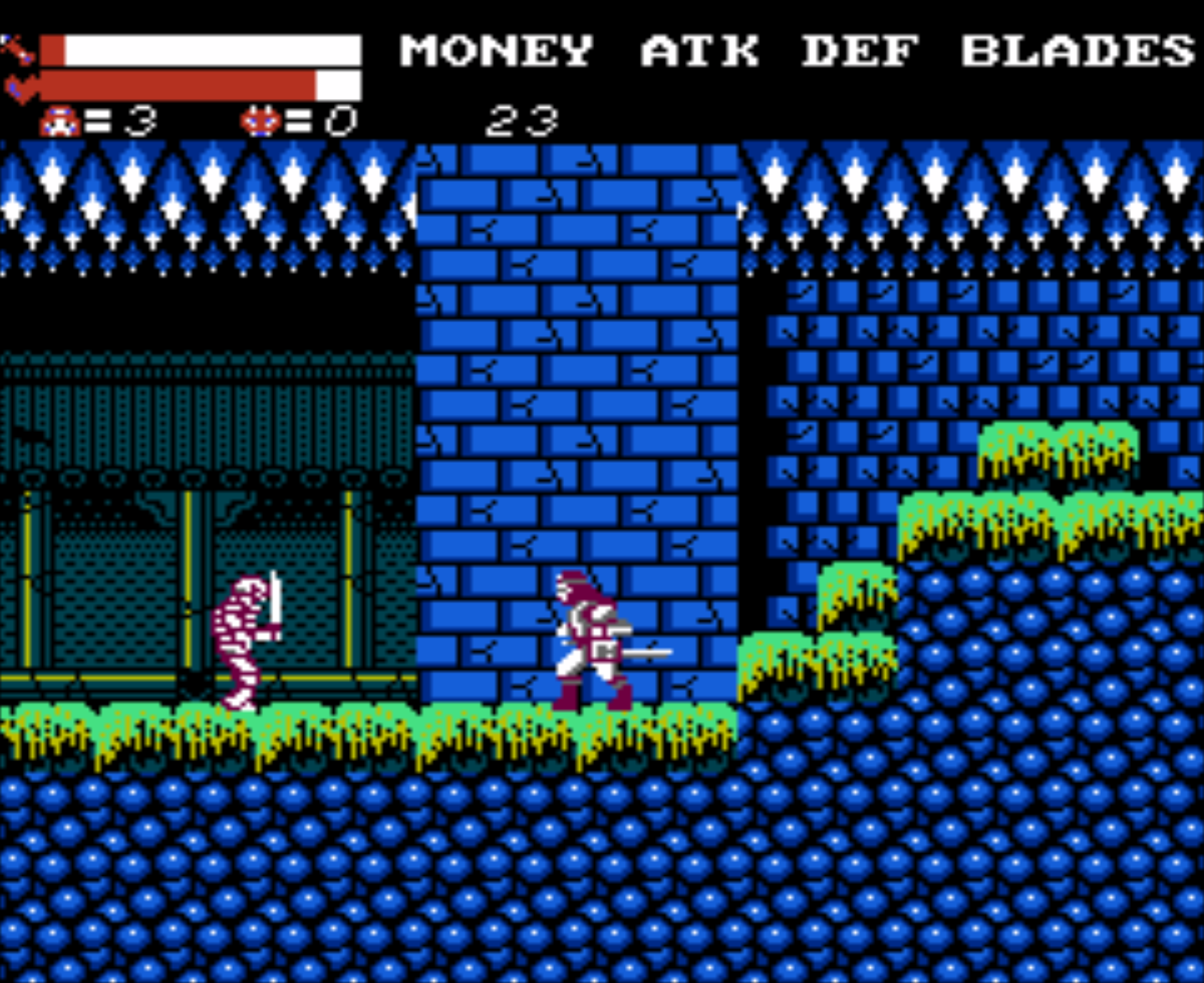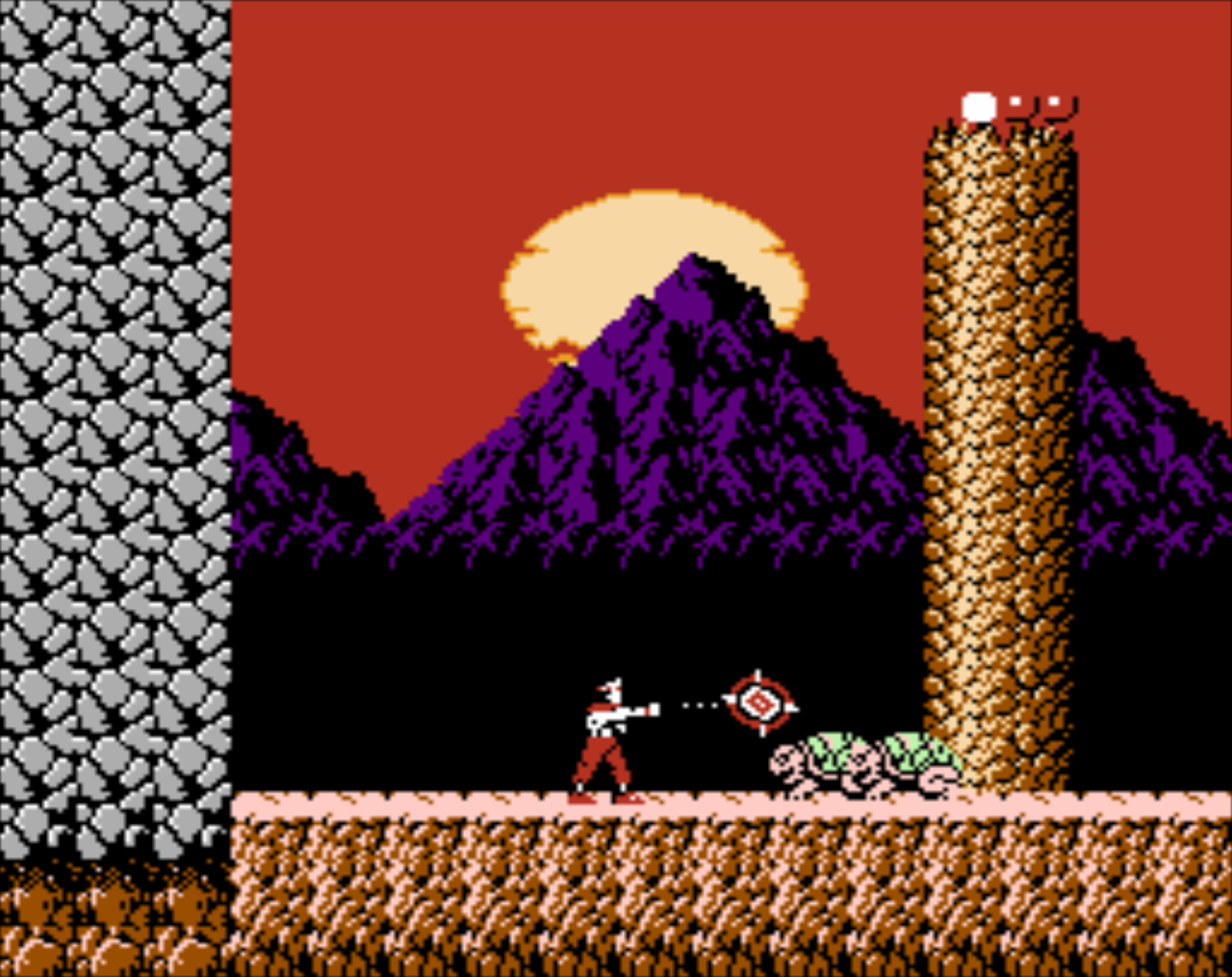Other History Lessons posts can be found here. If you’re looking specifically for console games, those are here. As always, you may click on images to view larger versions.
I’m in the midst of another detour from my nominal timeline for this series. Having reached the first truly 16-bit console role-playing game, Phantasy Star II, in March 1989, I then went all the way back to June 1987 for Glory of Heracles: The Labors of the Divine Hero. I’d originally skipped that because I thought it was a simple Dragon Quest clone, but in fact it has a bunch of interesting ideas of its own. Now, I’m jumping forward to July 20, 1988, when Capcom released Bionic Commando in Japan for Nintendo’s Famicom system (although I played the US port for the rebranded NES, which released in December of the same year). That puts it between Blaster Master and Exile in our timeline. Like Glory of Heracles, I’d originally skipped over Bionic Commando, in this case because I thought it was a pure action game and thus outside the scope of this series. Later, I learned that it had a lot of design ideas that would influence the nascent Metroidvania genre, which puts it in scope after all. Bionic Commando also has another, far more notable claim to fame: it is the first game with a grappling hook as a central mechanic.










